The choice of road construction materials is a critical determinant of a transportation system’s operational efficiency, safety, durability, and long-term maintenance costs. Among the myriad materials available, asphalt and concrete dominate as the most widely utilized due to their robust and distinct properties. Asphalt pavements, in particular, have achieved global prominence due to their versatility, cost-effectiveness, and adaptability. This article offers an in-depth comparison of asphalt and concrete pavements across multiple dimensions—construction processes, performance characteristics, cost structures, environmental impacts, and application scenarios—to elucidate the compelling advantages of asphalt pavements and their suitability for diverse infrastructure needs.
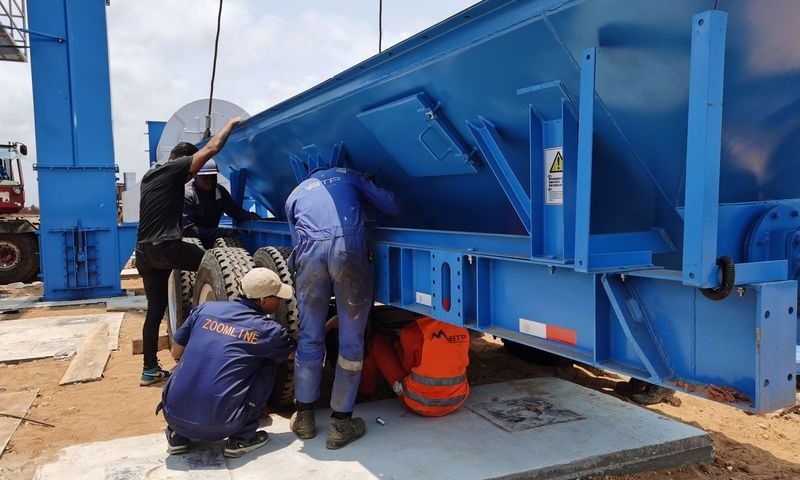
Asphalt pavement construction begins with the production of asphalt mixture in specialized mixing plants, where asphalt binder (bitumen), aggregates (such as gravel or crushed stone), mineral fillers, and water are combined in precise proportions tailored to the project’s requirements. The mixture is heated to ensure workability and transported to the site in insulated dump trucks to maintain optimal temperature. At the construction site, strict temperature control is critical, as mixtures that cool below the workable threshold or begin to harden become unsuitable for paving. The asphalt is laid using advanced pavers that ensure slow, uniform, and continuous placement, creating a smooth and consistent surface. Post-paving, multiple passes of road rollers (typically two to four, depending on project specifications) compact the surface to achieve the desired density and eliminate visible roller marks. Once the pavement cools naturally to below 50°C—often within hours—it is ready for traffic. For urgent projects, water sprinkling or cooling agents can accelerate this process, enabling traffic resumption within a day. For example, urban road repairs in cities like New York or Shanghai often use asphalt to minimize traffic disruptions, completing projects overnight or within a single weekend.
Concrete pavement construction demands meticulous planning and precision. The process starts with designing a concrete mix based on the road’s intended use and load requirements, specifying proportions of cement, aggregates, water, and additives such as plasticizers or air-entraining agents to enhance workability or durability. The mix is produced in batch plants and transported in mixer trucks, which must deliver the concrete within a limited time frame to prevent premature setting. At the site, the concrete is poured into prepared forms, with careful attention to uniform distribution and synchronization of pouring and paving speeds to avoid segregation or weak spots. Vibrators are often used to eliminate air pockets and ensure a dense structure. After pouring, the concrete requires immediate curing, typically through methods like spraying curing compounds, covering with wet burlap, or using plastic sheeting to retain moisture and control temperature. The curing period, which can last from 7 to 28 days depending on the mix and environmental conditions, is critical to achieving the designed flexural strength. Only after this period can the pavement be opened to traffic, significantly extending the construction timeline. For instance, major highway projects using concrete, such as sections of the U.S. Interstate system, often require weeks of lane closures, impacting traffic flow.
Asphalt pavement construction offers unmatched efficiency and flexibility compared to concrete. The entire process—from mixing to traffic opening—can often be completed within a day or two, minimizing disruptions and making it ideal for urban environments or time-sensitive projects. Asphalt’s ability to be laid and compacted quickly, coupled with its rapid cooling process, allows for swift project turnarounds. Conversely, concrete’s prolonged curing requirements and complex formwork result in extended construction timelines, often lasting weeks, which can significantly disrupt traffic, particularly in high-traffic areas. Asphalt’s streamlined process also allows for phased construction, enabling partial road openings, which is less feasible with concrete due to its uniform curing needs. This efficiency makes asphalt the preferred choice for projects requiring rapid deployment, such as emergency repairs or infrastructure upgrades in densely populated regions.

Pavement smoothness directly impacts driving comfort and vehicle handling. Asphalt pavements, due to their viscoelastic nature, provide a smoother surface that absorbs minor irregularities and vibrations, resulting in a comfortable and quiet driving experience. The flexibility of asphalt allows it to conform to minor subgrade movements, maintaining surface integrity over time. For example, highways paved with asphalt, such as Germany’s Autobahn, are renowned for their smooth ride, enhancing driver comfort even at high speeds. In contrast, concrete pavements, being rigid, are more susceptible to surface imperfections caused by joint spacing or minor cracking, which can lead to a bumpier ride. While modern concrete paving techniques, such as laser-guided screeding, have improved smoothness, concrete still generally lags behind asphalt in providing a consistently comfortable driving experience, particularly for passenger vehicles.
Concrete pavements, as rigid structures, excel in handling heavy and repetitive loads, making them ideal for high-traffic corridors, ports, or industrial zones where large trucks and heavy machinery are common. Their high compressive and flexural strength ensures stability under extreme conditions, with lifespans typically reaching 30–40 years with minimal maintenance. Asphalt pavements, while slightly less robust under extreme heavy loads, perform exceptionally well under standard traffic conditions, such as urban roads or secondary highways. With proper design—incorporating thick base layers and high-quality asphalt mixes—their load-bearing capacity can approach that of concrete. Typically, asphalt pavements have a lifespan of 15–20 years, but advanced maintenance techniques, such as mill-and-overlay or the use of polymer-modified asphalt, can extend this significantly. For example, perpetual asphalt pavement designs, implemented in states like Texas and Illinois, have demonstrated lifespans exceeding 25 years with routine maintenance, rivaling concrete’s durability at a lower cost.
Concrete’s rigidity minimizes surface deformation, reducing rolling resistance and potentially improving vehicle fuel efficiency, particularly for heavy trucks. Asphalt pavements, being flexible, may form a slight “deflection basin” under vehicle loads, which can marginally increase fuel consumption. However, modern asphalt mix designs, incorporating stiffer binders or optimized aggregate gradations, have significantly reduced this effect. Studies, such as those conducted by the U.S. Federal Highway Administration, show that the fuel efficiency difference between asphalt and concrete is often less than 2% under typical conditions, making it negligible for most applications. Additionally, asphalt’s smoother surface can offset fuel consumption by reducing vehicle suspension wear and improving tire longevity. By optimizing pavement structure and using high-performance materials, asphalt pavements can achieve fuel efficiency comparable to concrete, particularly for light to medium traffic loads.
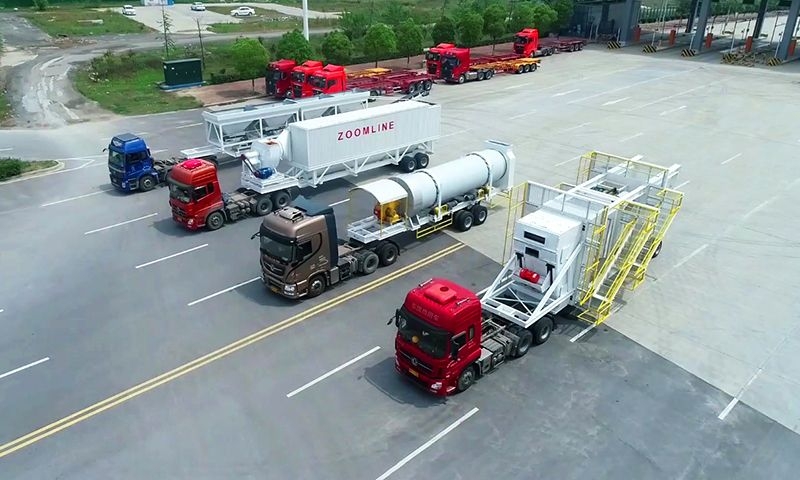
Asphalt pavements are generally more cost-effective during the initial construction phase due to lower material costs (bitumen vs. cement) and simpler construction processes that require less specialized equipment and labor. For example, a typical asphalt highway project may cost 20–30% less than a comparable concrete project, depending on regional material prices and labor rates. This cost advantage is particularly pronounced in budget-constrained projects, such as rural road networks or urban street repairs, where asphalt’s affordability enables broader infrastructure coverage. Concrete pavements, with their higher material and labor costs, demand significant upfront investment, which can strain public budgets or delay project initiation, especially in developing regions.
Asphalt pavements require more frequent maintenance due to their susceptibility to wear from traffic, weathering, and temperature fluctuations. Common maintenance activities include crack sealing, patching, and periodic resurfacing, which are relatively inexpensive and can be completed quickly, often overnight. For instance, municipalities like Toronto and Sydney routinely use asphalt patching to address potholes, restoring roads within hours. Concrete pavements, while requiring less frequent maintenance, incur significantly higher repair costs when damage occurs. Cracks, spalling, or joint failures often necessitate partial or full slab replacement, which is labor-intensive and costly, sometimes exceeding the original construction cost for the affected section. These repairs also cause prolonged traffic disruptions, adding indirect costs to businesses and commuters.
A lifecycle cost analysis reveals asphalt’s economic superiority in many scenarios. Its lower initial costs, combined with predictable and manageable maintenance expenses, result in a lower total cost of ownership over the pavement’s life. For example, a 2020 study by the Asphalt Pavement Alliance found that asphalt pavements had a 15–25% lower lifecycle cost compared to concrete for urban highways with moderate traffic. While concrete’s lower maintenance frequency can be advantageous for high-traffic corridors, its high initial costs often outweigh these savings, particularly for projects with constrained budgets or shorter planning horizons. Asphalt’s ability to be rehabilitated through cost-effective techniques like milling and overlaying further enhances its economic appeal, allowing agencies to extend pavement life without major reconstruction.

Asphalt production relies on bitumen, a petroleum derivative, which raises concerns about resource depletion given petroleum’s non-renewable nature. However, innovations such as bio-based binders, derived from renewable sources like vegetable oils, are reducing this dependency. Concrete pavements benefit from greater raw material flexibility, utilizing abundant resources like limestone and industrial byproducts (e.g., fly ash or slag) to replace a portion of cement, enhancing resource efficiency. However, cement production is energy-intensive, requiring significant fuel for kiln operations, which offsets some of concrete’s resource advantages. Advances in asphalt production, such as warm-mix asphalt (WMA), which lowers mixing temperatures by 20–40°C, have reduced energy consumption by up to 30%, narrowing the environmental gap between the two materials.
Asphalt pavements are highly recyclable, with reclaimed asphalt pavement (RAP) commonly used in new mixes. RAP can constitute 15–50% of new asphalt mixtures, significantly reducing the need for virgin materials and landfill waste. For example, in the European Union, over 90% of asphalt pavements are recycled, making it one of the most recycled construction materials globally. Concrete pavements, while recyclable, require energy-intensive crushing and processing to produce recycled concrete aggregate (RCA), which is less versatile and often used in lower-value applications like road base. Asphalt’s high recycling rate and ease of reuse make it a leader in sustainable pavement construction.
Asphalt’s dark surface contributes to the urban heat island effect, absorbing and retaining heat, which can elevate local temperatures in cities. However, technologies like cool asphalt (using reflective additives) and permeable asphalt (which reduces runoff and heat retention) are mitigating this issue. Concrete pavements, with their lighter color, reflect more sunlight, reducing heat absorption, but their production generates substantial carbon emissions—cement manufacturing accounts for approximately 8% of global CO₂ emissions, according to the International Energy Agency. Asphalt’s lower production emissions, combined with recycling and energy-saving technologies, position it as an increasingly environmentally friendly option, particularly as innovations continue to address its drawbacks.

Asphalt pavements excel in moderate climates, regions with moderate rainfall, and snowy areas. In cold climates, such as those in Canada or Scandinavia, asphalt’s dark surface accelerates snow and ice melting under sunlight, reducing the need for de-icing chemicals. Its resistance to salt corrosion also outperforms fresh concrete, which can suffer from chemical deterioration. Concrete pavements are better suited to extreme climates, such as desert regions or areas with significant temperature swings, where their thermal stability and resistance to heat-induced cracking provide durability. For example, concrete is often used in the Middle East for highways exposed to intense heat, where asphalt might soften under extreme temperatures.
Asphalt’s flexibility makes it ideal for regions with unstable or complex geology, such as mountainous areas or regions with soft soils. Its ability to adapt to subgrade movements reduces the risk of cracking, as seen in projects like the Trans-Canada Highway through the Rockies. Concrete’s rigidity is advantageous in stable, flat terrains, such as the Great Plains of the United States, where its strength can be fully utilized without concerns about differential settlement. The choice between materials often hinges on site-specific geotechnical assessments to ensure long-term performance.
In economically developed regions with high traffic volumes and advanced infrastructure, asphalt’s rapid construction and maintenance flexibility align with the need for minimal disruptions. Cities like Tokyo and London rely heavily on asphalt for their road networks due to its efficiency and adaptability. In contrast, less developed regions with limited maintenance budgets or technical expertise may opt for concrete, which requires less frequent upkeep despite higher initial costs. For example, rural areas in developing countries often use concrete for major roads to ensure longevity where maintenance resources are scarce.
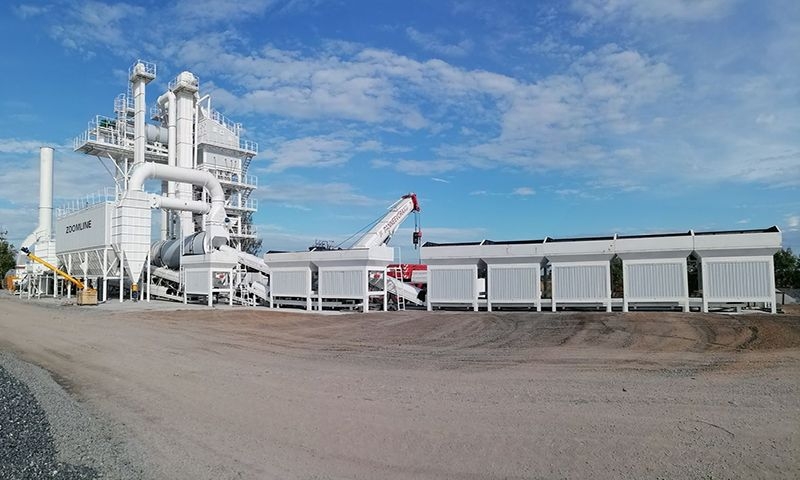
Asphalt’s lower installation costs, driven by affordable materials and streamlined processes, make it a cost-effective choice, particularly when petroleum prices are stable. Maintenance is highly efficient, with technologies like infrared patching and rapid-setting asphalt mixes enabling repairs within hours. Municipalities worldwide, such as those in Melbourne or Chicago, maintain extensive asphalt repair programs to address potholes and cracks swiftly, minimizing traffic impacts. Additionally, asphalt’s ease of removal and reinstatement during utility work—such as water or gas line repairs—reduces costs and downtime compared to concrete, which requires heavy equipment and extended reconstruction.
In snowy regions, asphalt’s dark surface and flexibility provide superior performance. The pavement’s ability to absorb heat accelerates snowmelt, while its textured surface enhances tire traction, improving safety. Its resistance to de-icing salts also extends service life, as seen in regions like Minnesota, where asphalt roads withstand harsh winters. These properties make asphalt a preferred choice for cold-climate infrastructure, balancing safety and durability.
Asphalt’s sustainability has improved dramatically with innovations like RAP, warm-mix asphalt, and bio-based binders. RAP recycling rates often exceed 90%, and warm-mix technologies reduce production emissions by up to 30%. Projects like the Netherlands’ “Green Roads” initiative demonstrate asphalt’s potential as a sustainable material, incorporating recycled plastics and low-energy production methods. These advancements align asphalt with global environmental goals, enhancing its appeal for eco-conscious infrastructure planning.
The “perpetual pavement” concept, widely adopted in countries like the United States and Australia, ensures asphalt pavements achieve near-infinite structural life by focusing maintenance on surface layers rather than full reconstruction. This approach allows pavements to adapt to increasing traffic loads through strategic overlays, as seen in high-traffic corridors like California’s I-5, where asphalt pavements have performed reliably for decades with periodic resurfacing.
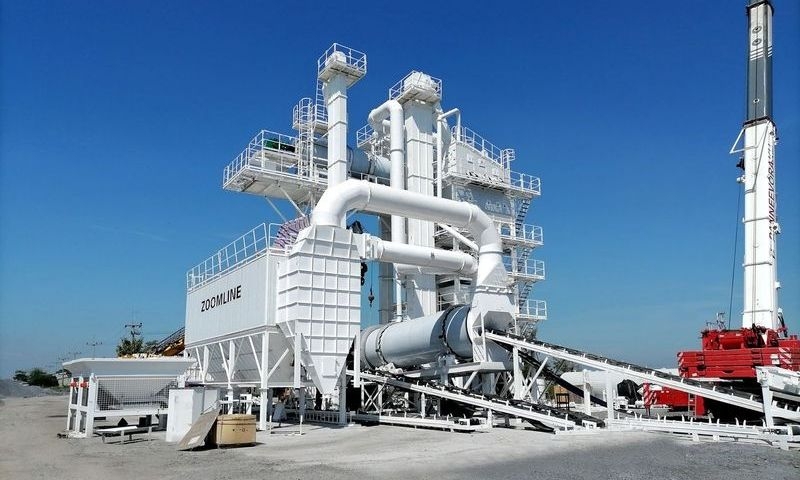
Concrete’s high material and labor costs, coupled with extended curing periods, result in significant upfront expenses and prolonged construction timelines. For example, urban concrete highway projects, such as those in Dubai, often require months of planning and execution, straining budgets and disrupting traffic. These factors make concrete less viable for projects requiring rapid deployment or operating under financial constraints.
Concrete’s maintenance, while less frequent, is complex and costly. Cracks or joint failures often require full-depth repairs or slab replacements, which are labor-intensive and disruptive. For instance, repairing a damaged concrete section on a major highway can take weeks, compared to asphalt repairs completed in days. This inefficiency can lead to significant economic and social costs in busy areas.
Concrete pavements generate higher tire-pavement noise, contributing to urban noise pollution, a concern in cities like Los Angeles where traffic noise is a public health issue. Their light-colored surfaces are also prone to staining from oil, dirt, or tire marks, requiring regular cleaning to maintain aesthetics. While these issues do not affect structural performance, they detract from concrete’s suitability for visually sensitive urban environments.
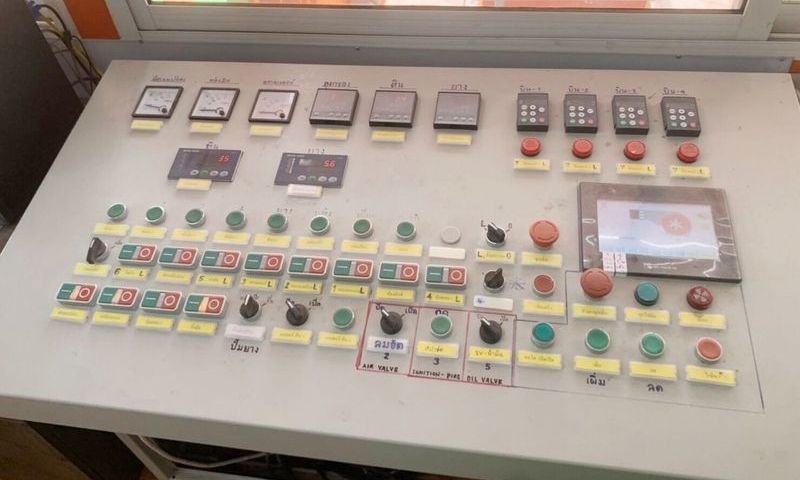
Asphalt pavements offer a compelling combination of advantages, including rapid and flexible construction, lower initial costs, efficient maintenance, high recyclability, and adaptability to diverse environmental and traffic conditions. While they rely on petroleum-based materials, ongoing innovations—such as RAP, warm-mix asphalt, and bio-based binders—are addressing sustainability concerns, making asphalt increasingly environmentally friendly. Concrete pavements, despite their durability and suitability for heavy loads or extreme climates, are hindered by high costs, lengthy construction periods, and challenging repairs, limiting their versatility. Asphalt’s ability to balance performance, cost, and sustainability positions it as the preferred choice for most road construction projects worldwide. As technologies continue to evolve, asphalt pavements are likely to maintain their dominant role in shaping efficient, safe, and sustainable transportation infrastructure.